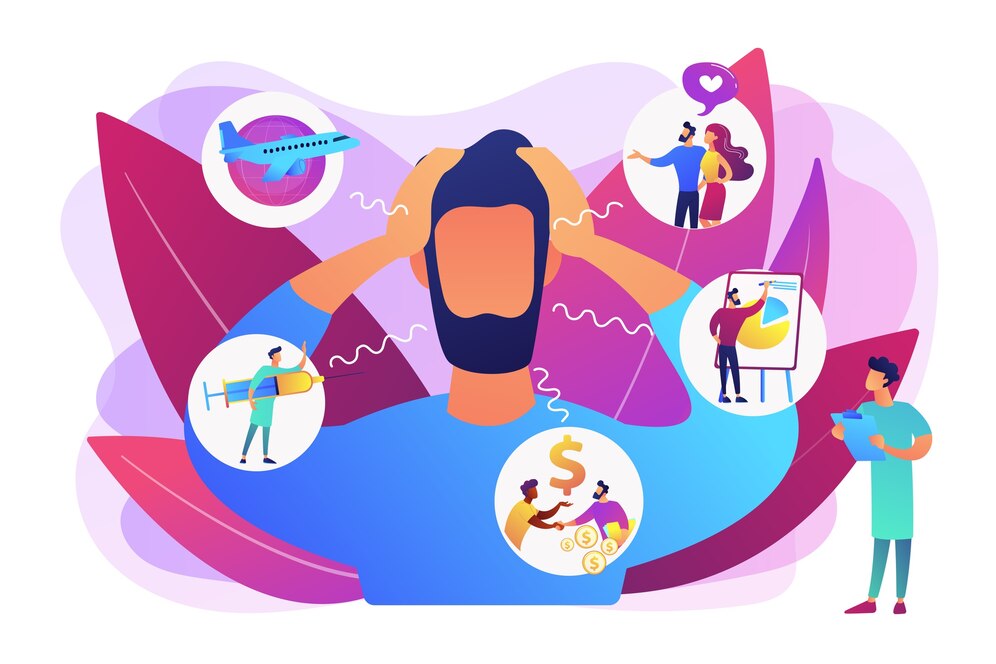- The Double-Edged Sword of Viral Culture
- Section 1: Challenges That Moved the Needle—Proving Digital Activism Works
- Section 2: The Psychology Behind Successful Challenges—Why Some Stick (and Others Flop)
- Section 3: Emerging Trends—Where Social Media Challenges Are Heading Next
- Section 4: Navigating the Pitfalls—A Solutions-Focused Roadmap
- Conclusion: The Future of Social Media Challenges—Mindfulness Over Metrics
The Double-Edged Sword of Viral Culture
Social media challenges often evoke eye-rolls—think Tide Pods or the Blackout Challenge, which have caused harm and even fatalities. Yet, amid the noise, a quieter revolution is unfolding. From crowdfunding medical bills to normalizing conversations about mental health, certain challenges are rewriting the script of digital activism. This article explores how select trends are bridging the gap between online virality and tangible, real-world impact—while dissecting their psychological underpinnings and limitations.
Section 1: Challenges That Moved the Needle—Proving Digital Activism Works
1.1 The ALS Ice Bucket Challenge: A Blueprint for Global Solidarity
In 2014, the ALS Ice Bucket Challenge became a cultural reset. Participants filmed themselves dumping ice water over their heads, donating to ALS research, and nominating others. Beyond its playful veneer, it raised $220 million globally, funding breakthroughs like the discovery of the NEK1 gene linked to ALS.
Why It Worked:
- Social Currency Meets Altruism: The challenge leveraged FOMO (Fear of Missing Out) while aligning with a cause larger than the individual.
- Low Barrier to Entry: Anyone could participate with minimal effort, democratizing philanthropy.
- Celebrity Amplification: Figures like Bill Gates and Taylor Swift transformed it into a mainstream movement.
Critical Lens: Critics argued it prioritized performativity over sustained engagement. Yet, its legacy endures—proving short-term virality can seed long-term change.
1.2 The Trash Tag Challenge: Turning Environmental Guilt Into Action
In 2019, the #TrashTagChallenge flipped the script on eco-anxiety. Users posted before-and-after photos of littered areas they’d cleaned, sparking a global cleanup wave. From beaches in Bali to parks in Detroit, communities mobilized, proving collective action could combat climate despair.
Psychological Drivers:
- Guilt Transformation: By reframing guilt as agency, the challenge tapped into behavioral activation, a therapeutic tool for depression.
- Visual Proof of Impact: Tangible results (clean spaces) validated participants’ efforts, reinforcing intrinsic motivation.
Limitations: Critics noted its transient nature—many cleanups weren’t sustained. However, it sparked conversations about micro-actions and localized environmentalism.
1.3 The #HereForYou Movement: Destigmatizing Mental Health
During the pandemic, TikTok’s #HereForYou challenge became a lifeline. Users shared raw stories of anxiety, depression, and recovery, fostering a peer-support network. Mental health professionals praised its role in normalizing therapy and reducing stigma, particularly among Gen Z.
Emerging Trend:
- Algorithmic Empathy: Platforms like TikTok prioritized mental health content, creating safe spaces for vulnerability.
- Community as Therapy: Participants reported reduced isolation, echoing findings that online support groups can lower cortisol levels.
Critical Analysis: While empowering, the trend risked oversimplifying complex issues. Some users glamorized mental illness for views, highlighting the need for moderation and expert collaboration.
Section 2: The Psychology Behind Successful Challenges—Why Some Stick (and Others Flop)
2.1 The Role of “Micro-Validation”
Humans crave validation—a dopamine hit from likes and shares. Successful challenges like #DontRush (showcasing makeup transformations) or the #DalgonaCoffeeChallenge (promoting creativity during lockdowns) thrive by rewarding small wins. These trends tap into self-determination theory, fulfilling needs for competence, autonomy, and relatedness.
Case Study: The #PlankChallenge, initially a fitness meme, evolved into a mental resilience tool. Users reported improved focus and stress management by integrating planks into daily routines—a testament to habit-stacking psychology.

2.2 The Dark Side of Participation: When Positivity Becomes Pressure
Not all feel-good challenges land equally. The #Fitspo movement, promoting extreme fitness, often spiraled into body-shaming. Similarly, the #75HardChallenge (a rigid self-improvement regimen) drew criticism for fostering burnout and disordered habits.
Solutions-Focused Insight:
- Redefine Success: Encourage flexible participation (e.g., “Do 5 minutes, not 50”).
- Amplify Diverse Voices: Feature bodies of all sizes and abilities to counteract toxic comparison.
Section 3: Emerging Trends—Where Social Media Challenges Are Heading Next
3.1 Digital Detox Challenges: Reclaiming Attention Economies
Ironically, platforms like Instagram now host #DigitalDetox challenges. Users document screen-free weekends, citing improved sleep and relationships. This mirrors research linking reduced screen time to higher life satisfaction.
Psychological Payoff:
- Mindfulness Integration: Participants practice monotasking, countering the ADHD-like effects of constant scrolling.
- Boundary Setting: Learning to disconnect fosters healthier tech habits long-term.

3.2 Climate Action 2.0: From Hashtags to Policy Change
The #NoFoodWasteChallenge—where users creatively repurpose leftovers—has gained traction alongside youth-led movements like #FridaysForFuture. These trends merge individual action with systemic advocacy, pressuring corporations to adopt sustainable practices.
Data Point: A 2024 study found that participants in eco-challenges were 3x more likely to contact local representatives about environmental policies 3.
3.3 Mental Health “Skill-Sharing” Challenges
TikTok’s #CopingSkillsExchange encourages users to share grounding techniques, from DIY sensory kits to breathwork routines. Therapists applaud its peer-to-peer model but stress the need for professional oversight to avoid misinformation.
Section 4: Navigating the Pitfalls—A Solutions-Focused Roadmap
4.1 Combatting Performative Activism
For every #BlackLivesMatter post that spurred donations, countless others amounted to “slacktivism.” Solutions:
- Link Challenges to Tangible Outcomes: Partner with NGOs to convert likes into donations or volunteer hours.
- Educate on Sustained Engagement: Use platforms like YouTube to teach users how to advocate beyond trends.
4.2 Prioritizing Safety Without Sacrificing Fun
The Benadryl Challenge’s dangers underscore the need for guardrails. Platforms can:
- Algorithmic Accountability: Demote harmful content while boosting verified health tips.
- Collaborate With Experts: Partner with psychologists to design challenges promoting resilience, like mindfulness journaling.
4.3 Building Inclusive Communities
Social Media Challenges often exclude marginalized groups. The #DisabledAndCute challenge countered this by celebrating disabled joy. Lessons:
- Center Underrepresented Voices: Let communities lead their narratives.
- Design for Accessibility: Use captions, alt text, and adaptive participation guidelines.
Conclusion: The Future of Social Media Challenges—Mindfulness Over Metrics
The line between hype and impact is thinner than ever. While social media challenges like the Ice Bucket Challenge show the potential for global good, their legacy hinges on mindful design—prioritizing empathy over engagement metrics. As users, creators, and platforms, we hold the power to reshape digital culture: one thoughtful challenge at a time.
Next time you scroll past a viral trend, ask: Does this uplift or exploit? Share your answer—and tag someone who needs to hear it.


